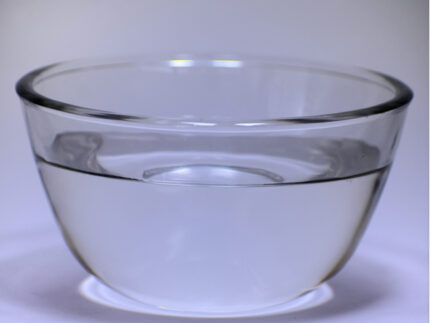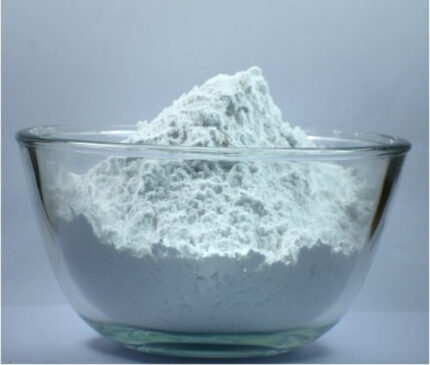CAS N0- 122-99-6
Phenoxyethanol is an oily, colourless, slightly viscous liquid with a faint floral scent.
It’s a natural component of chicory and green tea. However, the phenoxyethanol in most cosmetics is synthetically produced in a laboratory rather than plant derived.
Synthetic phenoxyethanol is made by reacting phenol, a mildly acidic petroleum derived chemical, with ethylene oxide, a proven human carcinogen, in an alkaline medium.
Phenoxyethanol keeps your makeup and skincare products fresh and germ free so you don’t have to keep them in their own mini fridge or toss them out after a month.
It’s in a wide variety of cosmetics and personal care products. Phenoxyethanol in skin care is used as a preservative. Although the kind of phenoxyethanol used in skin care is synthetic (known as “nature identical,” it mimics the natural version exactly), phenoxyethanol is actually found in nature, specifically in green tea and chicory. It makes sure yeast, mold, and bacteria don’t develop and ultimately, end up on your skin!
Technically, phenoxyethanol forms via a reaction between phenol (EU) and ethylene oxide (EU). Aside from acting as a preservative, it’s even been used in vaccines. Chances are, many of the products you use include it as it’s one of the most popular skin care preservatives in use. You’ll find phenoxyethanol in everything from eye creams to moisturizers, so it’s a good idea to understand what it does and doesn’t do.There are many benefits to using phenoxyethanol as a preservative in skin care, not the least of which is that it extends the shelf life of products drastically. Without a preservative like phenoxyethanol, most skin care products would be useless in a very short period of time. They could also be potential carriers of bacteria and fungi to the skin, causing visible infections–not a great look!
Phenoxyethanol is also chemically stable, which means it won’t alter the state or fragrance of your skin care (if you’ve ever opened a jar of moisturizer or perfume that’s been unopened for a long time you know why that’s so important!). Not only that, it’s biodegradable–so much better for the planet! Plus, it even smells good—some would say like a flower!
But perhaps most importantly, it’s safer than other preservatives like parabens, which may mimic estrogen and therefore increase the chance of breast cancer. It’s also considered to be safer than formaldehyde, another popular preservative. (There are actually a whole slew of chemical preservatives that release or form formaldehyde for example, glyoxal, sodium hydroxymethylglycinate, and polyoxymethylene urea, to name a few.) Formaldehyde is thought to be a very dangerous carcinogen that causes leukemia, brain cancer, and rarer cancers as well.










Reviews
There are no reviews yet.